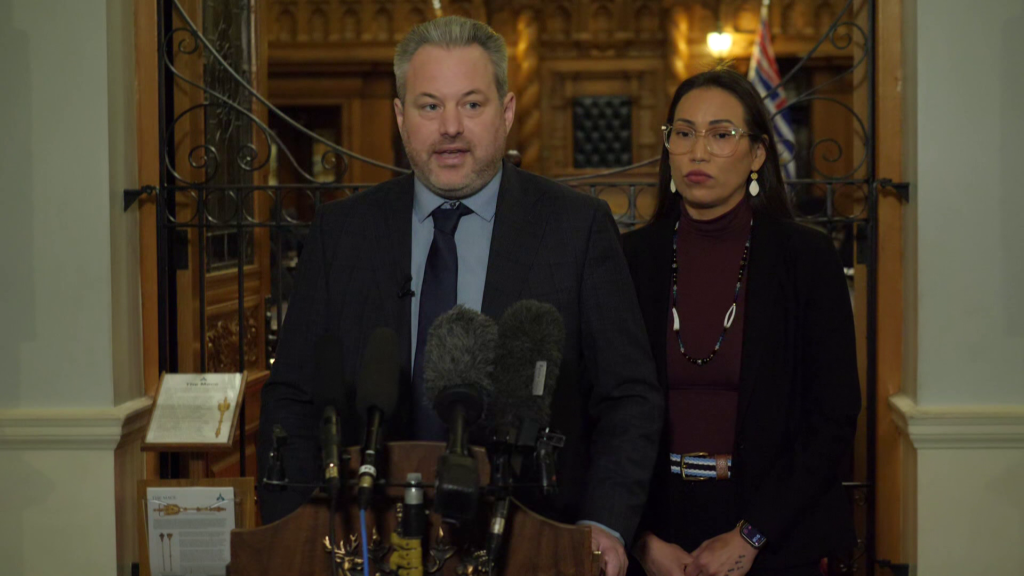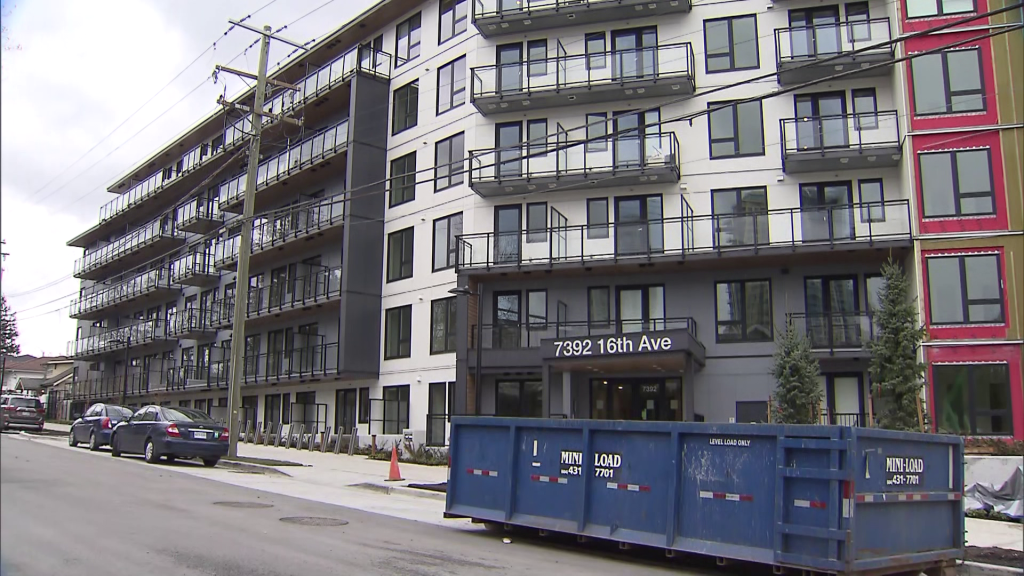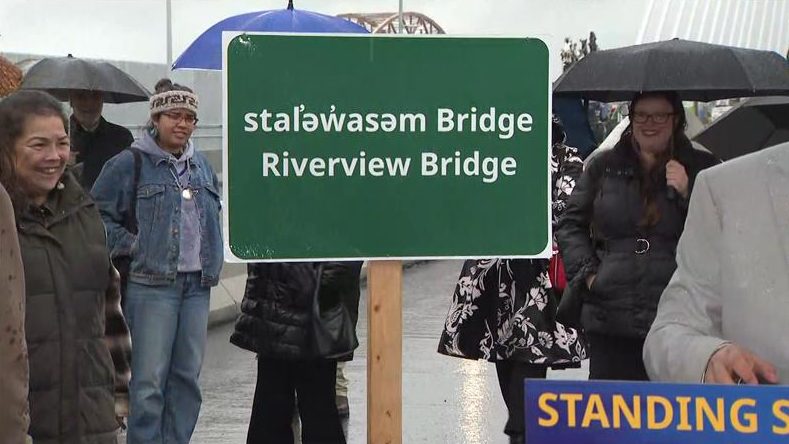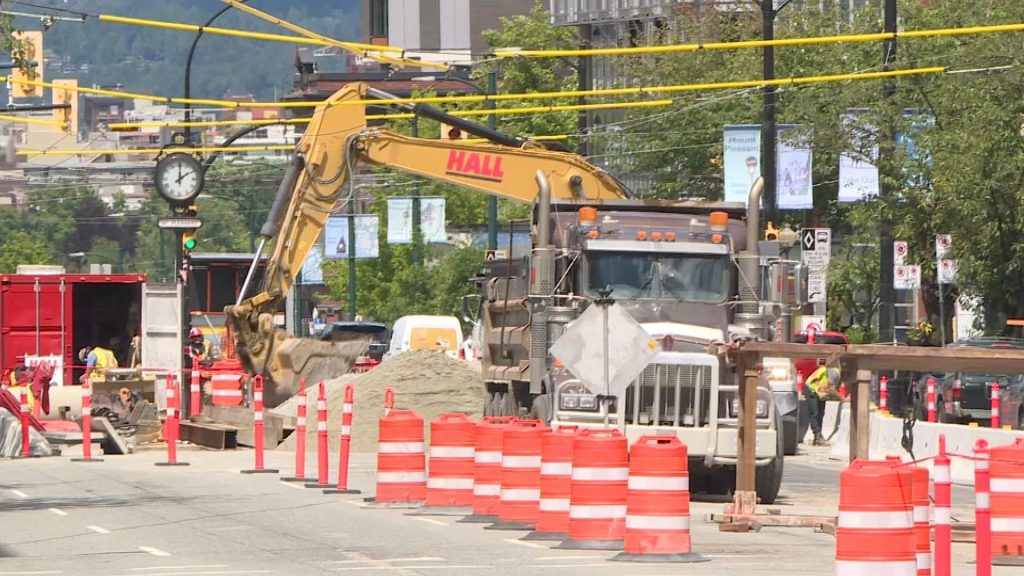King Tides in Vancouver could worsen with climate change
Posted January 8, 2022 6:28 pm.
Last Updated July 5, 2022 10:57 am.
Due to high winds and the King Tide, the Vancouver Board of Parks and Recreation closed Stanley Park as well as various sections of the Seawall earlier today.
King Tides are a natural phenomenon related to the gravitational pull between the sun, moon, and Earth — but their impact can be damaging, especially to seaside infrastructure.
Staff efforts throughout the day were focused, first and foremost, on keeping the public safe. Now that the tide and winds have subsided, operations staff will turn their focus to cleaning up debris and assessing the damage.
Reminder: the #seawall remains closed from Sunset Beach to Lions Gate Bridge. You can help our rangers & crews by respecting the closure.
Also, please be careful on the beaches. Do not climb on the debris/logs, & watch out for debris floating/below the water near the shoreline. pic.twitter.com/YhVLOQ0rXO
— Vancouver Board of Parks and Recreation (@ParkBoard) January 8, 2022
Damage assessment on the Seawall will begin Monday, although it will remain closed between Sunset Beach and the Lions Gate Bridge until further notice.
While Stanley Park has been deemed safe to reopen, Jericho Pier sustained heavy damage and is closed to the public.
The Seawalk and piers are closed until further notice due to flooding. Please avoid flooded areas and obey signage. Once water recedes, there will be significant debris to clean up, and closures will remain while this work is underway. Read more: https://t.co/4XD8EquMmg #WestVan pic.twitter.com/AcecaO29Wt
— District of West Vancouver (@WestVanDistrict) January 8, 2022
“We’re also asking the public to be careful on beaches and near the shoreline, and not to climb the logs/debris for safety reasons,” said Jeannine Guerette, Marketing and Communications Manager for the City of Vancouver.
No timeline for damage repairs is available yet.
Alone, King Tides seldom cause massive flooding, but rising sea levels make them more hazardous to humans.
John Clague, an Emeritus Professor in the Department of Earth Sciences at Simon Fraser University, says the King Tide wouldn’t have been so destructive if it wasn’t accompanied by strong wind.
Related Articles:
-
Kitsilano Beach flooded, locals urged to stay away
-
Vancouver’s Sunset Beach ‘Barge Watch 2021’ continues
He lives in West Vancouver, has seen the flooding himself, and thinks the damage to the city’s seaside infrastructure will “probably be substantial.”
However, he also thinks it’s likely to happen again due to the repercussions of global warming.
“Slowly but measurably, our sea surface is gradually rising in a warming climate,” he says.
“It’s related to the fact that our warmer climate is melting glaciers and ice sheets in Greenland and Antarctica. They’re experiencing a loss of ice, and that loss of ice ends up as water that goes into the oceans, and that gradually raises the sea level — very slowly, imperceptibly, almost. But if you think of it as being continuous as the climate warms, it’s going to continue indefinitely into the future.”
UPDATE: #StanleyPark has reopened, but the #Seawall will remain closed between Sunset Beach and Lions Gate Bridge due to damage caused by the King Tide & high winds. This weekend, staff will focus on cleaning debris, and the damage will be assessed more closely beginning Monday. https://t.co/G7SFD7An96
— Vancouver Board of Parks and Recreation (@ParkBoard) January 8, 2022
He imagines sea level could be up to a metre higher than it is today by the end of the century.
“My guess is that by 20 or 30 years down the road, we’re going to see King Tides having bigger impacts, but it won’t be year-round. It’ll still be during King Tide events causing problems,” says Clague, adding energetic atmospheres can also worsen storms.
“Our atmosphere is on steroids, and it’s going to be increasingly more active with more moisture. Arguably, you’re going to get stronger storms, so storms coinciding with high tide events are really trouble for us. We’ve got a lot of exposed infrastructure.”
In future, he hopes the District of West Vancouver does more to consider sea level rise while building along the shoreline.








